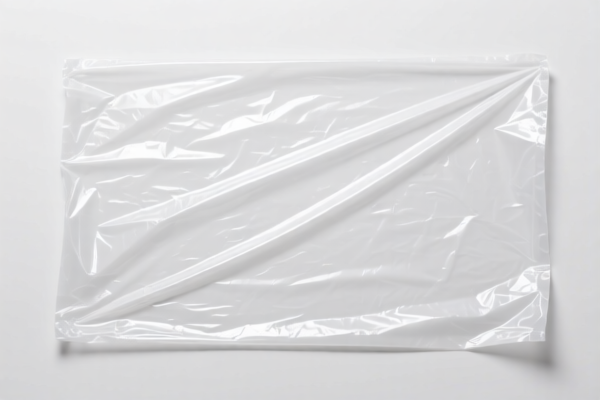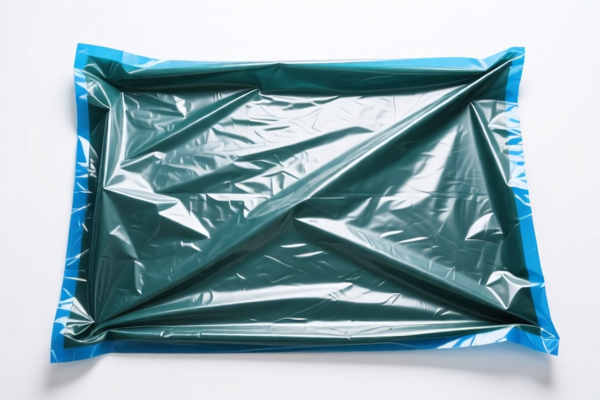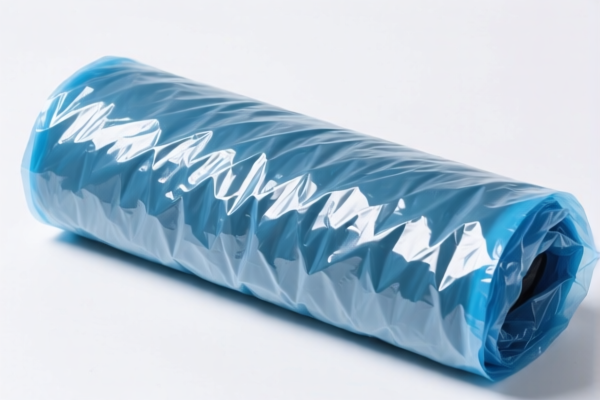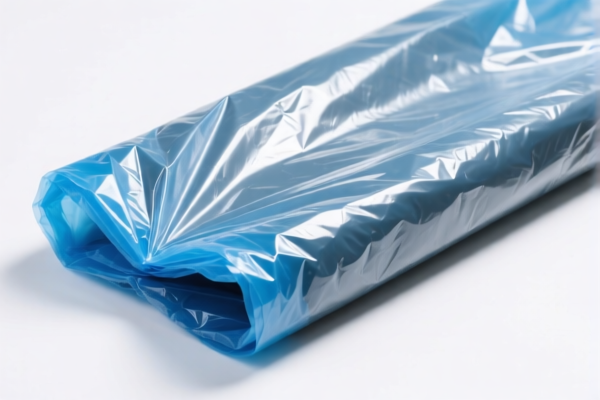| HS Code | Official Doc | Tariff Rate | Origin | Destination | Effective Date |
|---|---|---|---|---|---|
| 3917290090 | Doc | 58.1% | CN | US | 2025-05-12 |
| 3925900000 | Doc | 60.3% | CN | US | 2025-05-12 |
| 8547200000 | Doc | 55.0% | CN | US | 2025-05-12 |
| 8546900000 | Doc | 55.0% | CN | US | 2025-05-12 |




Okay, let's break down the HS codes and tax implications for your "PLASTIC TRUNKING" declaration. Here's a structured analysis to help you understand the classification and potential costs:
Understanding HS Codes – A Quick Primer
HS codes (Harmonized System codes) are internationally standardized codes used to classify traded products. The first 6 digits are generally consistent worldwide, while additional digits can vary by country. Here's what the digits typically represent:
- Chapter (First 2 digits): Broad category of the product.
- Heading (First 4 digits): More specific classification within the chapter.
- Subheading (First 6 digits): Even more detailed classification.
- Additional Digits: Country-specific for tariff detail.
Analysis of Your HS Codes
Let's examine each code provided:
-
HS Code: 3917.29.00.90 – Tubes, pipes and hoses and fittings therefor (for example, joints, elbows, flanges), of plastics: Tubes, pipes and hoses, rigid: Of other plastics Other
- Chapter 39: Plastics and articles thereof. This immediately tells us the product is made of plastic.
- Heading 3917: Tubes, pipes and hoses and fittings therefor. This narrows it down to plastic tubing and related components.
- Subheading 3917.29: Specifically, rigid tubes, pipes and hoses.
- Tax:
- Basic Duty: 3.1%
- Additional Tariff: 25.0% (Currently) / 30.0% (After April 2, 2025)
- Total Tax: 58.1%
- Notes: This code is suitable for plastic trunking used for conveying fluids or gases, or as rigid conduits.
-
HS Code: 3925.90.00.00 – Builders' ware of plastics, not elsewhere specified or included: Other
- Chapter 39: Plastics and articles thereof.
- Heading 3925: Builders' ware (e.g., moldings, baseboards, window frames) of plastics.
- Subheading 3925.90: Other builders' ware of plastics not specifically covered elsewhere.
- Tax:
- Basic Duty: 5.3%
- Additional Tariff: 25.0% (Currently) / 30.0% (After April 2, 2025)
- Total Tax: 60.3%
- Notes: This code is appropriate for plastic trunking used as structural components in buildings (e.g., cable management, decorative moldings).
-
HS Code: 8547.20.00.00 – Insulating fittings for electrical machines, appliances or equipment, being fittings wholly of insulating material apart from any minor components of metal (for example, threaded sockets) incorporated during molding solely for the purposes of assembly, other than insulators of heading 8546; electrical conduit tubing and joints therefor, of base metal lined with insulating material: Insulating fittings of plastics
- Chapter 85: Electrical machinery and equipment.
- Heading 8547: Insulating fittings for electrical machines, appliances, and equipment.
- Subheading 8547.20: Specifically, insulating fittings of plastics.
- Tax:
- Basic Duty: 0.0%
- Additional Tariff: 25.0% (Currently) / 30.0% (After April 2, 2025)
- Total Tax: 55.0%
- Notes: This code is best for plastic trunking specifically designed for electrical insulation and cable protection.
-
HS Code: 8546.90.00.00 – Electrical insulators of any material: Other
- Chapter 85: Electrical machinery and equipment.
- Heading 8546: Electrical insulators.
- Subheading 8546.90: Other electrical insulators.
- Tax:
- Basic Duty: 0.0%
- Additional Tariff: 25.0% (Currently) / 30.0% (After April 2, 2025)
- Total Tax: 55.0%
- Notes: This code is for general-purpose electrical insulators made of plastic.
Recommendations & Important Considerations:
- Material Composition: Crucially, confirm the exact plastic material used in the trunking. Different plastics might have slightly different tariff treatments.
- Primary Function: The main purpose of the trunking is the most important factor in determining the correct HS code. Is it primarily for structural support, fluid conveyance, or electrical insulation?
- End Use: How will the trunking be used? This can help clarify the appropriate classification.
- Certification: Depending on the end use (e.g., electrical applications), you may need specific certifications (e.g., UL, CE) to demonstrate compliance with safety standards.
- Price Verification: Please verify the declared unit price. Unusually low prices can trigger customs scrutiny.
- Tariff Changes: Be aware of the upcoming tariff changes on April 2, 2025. The additional tariff will increase from 25.0% to 30.0% for many plastic products.
- Consult with a Customs Broker: For complex cases or if you are unsure about the correct classification, it is highly recommended to consult with a licensed customs broker in China. They can provide expert guidance and ensure compliance with all applicable regulations.
Disclaimer: I am an AI assistant and cannot provide definitive customs classification advice. This information is for general guidance only. Always consult with a qualified customs professional for accurate and up-to-date information.
Customer Reviews
The page gave a good overview of the HS codes for plastic trunking, but I would have liked more examples of when each code is most appropriate.
The information on the 55.0% tariff for HS Code 8547200000 was exactly what I needed for my electrical insulation products. Great resource!
I found the explanation of the 60.3% tariff rate for HS Code 3925900000 very clear. It helped me plan my export costs to the US.
The breakdown of HS Code 3917290090 was very helpful. I now understand the exact classification for my plastic trunking products and the associated tariffs.